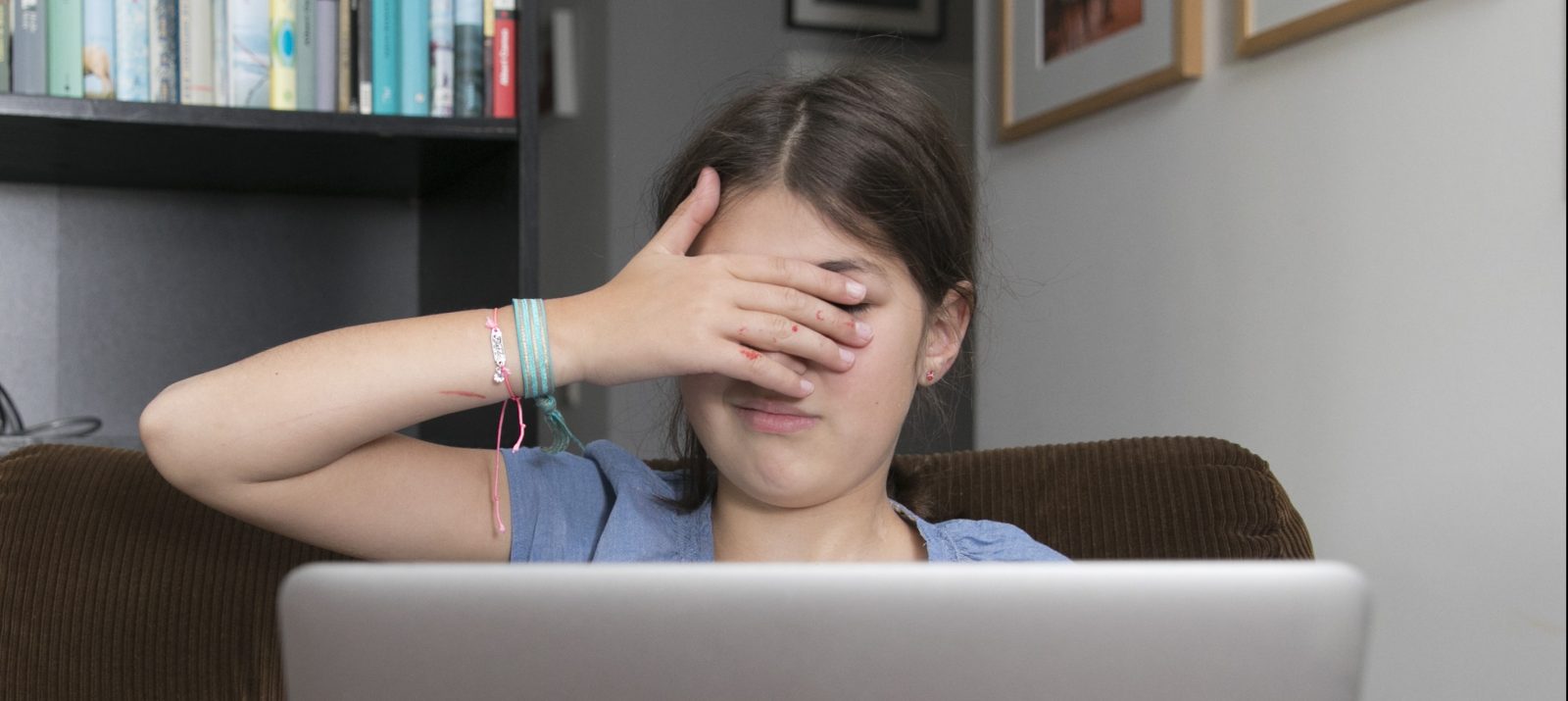
Cartoons in which the main character beats up another or computer games in which the game character shoots his opponents out of the way to get to the goal – this is violent content in media that is not uncommon and can be encountered by even younger children when using media. Violence is not only found in made-up stories; children and young people also encounter it in TV news, commercials, YouTube videos and elsewhere on the web.
A lot of content from movies, videos, or games that is easy for older children, teens, and adults to process can scare young children. Only with time do they learn to correctly classify what they see on a screen and what is to be understood as a media experience. Children must learn to cope over time and develop strategies to process the representations.
For this reason, there are age restrictions for depictions of violence in the media, which are regulated by the protection of minors in the media. Films and computer games are given an age rating (FSK and USK) to indicate that the content is only suitable for children over a certain age.
At the same time, violence in the media does not automatically lead to children and young people becoming conspicuous, aggressive, frightened or violent. We have to look more closely: Does the depiction of violence make sense for the story or is it just about the joy of bloodshed? Does it take place in a serene or menacingly somber environment? Are the acts of violence trivialized as in some comics or computer games such as Clash of Clans? Is violent action in movies, comics, or games punished or rewarded? Moreover, not all violence has to be physical. Psychological violence can also be very scary. Younger children in particular can be frightened by menacing voices, gloomy lighting or dramatic music. Horror films “play” with the emotion of fear more than there are excessive and threatening depictions of violence. Even young people have to understand that first.
It is important for children and young people to be able to create a distance to what they perceive and understand that it is not reality. Therefore, talk to your child about what he or she has seen and observe how he or she copes with certain media content. If your child is younger, guide him or her in media use. Address your child’s questions, offer protection and explanations. Make sure your child can only access age-appropriate media.